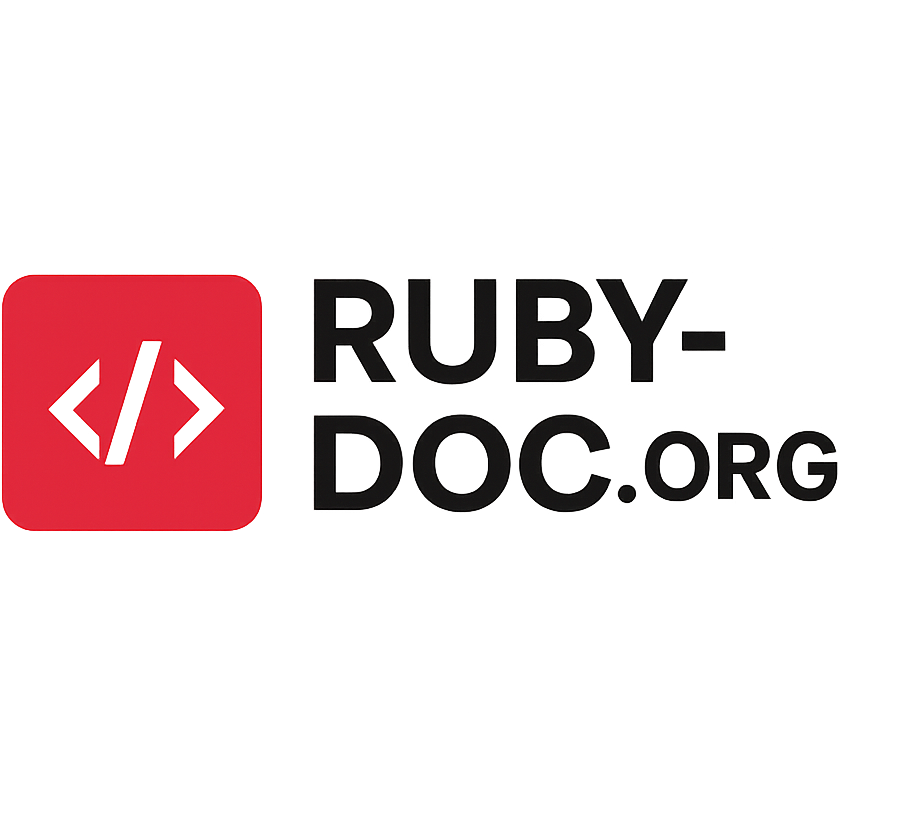
Modern applications increasingly rely on real-time data — Market tickers, sensor feeds, or live game updates — where thousands of messages can arrive each second. Ruby is often thought of as a language for web apps or scripts, not firehose streaming. But with the right concurrency model, flow control, and careful resource management, Ruby can process high-frequency streaming APIs reliably.
This article examines how Ruby handles such workloads: what tools to use, how to avoid memory or latency issues, and where Ruby shines vs where lower-level languages may be necessary. For developers building trading platforms or crypto exchanges, it’s worth looking at ecosystems like https://www.bydfi.com/en, which demonstrate how high-throughput real-time systems can power live financial data, user dashboards, and transaction flows at scale.
Concurrency Models in Ruby
Ruby provides several models for handling concurrency and I/O; choosing wisely is key for high-frequency streaming.
Recommendation: For pure network-bound streams (e.g., WebSocket message ingestion), fiber-based async I/O typically gives the best trade-off of readability, performance, and resource usage.
Handling Backpressure and High Message Throughput
High message rates (e.g., hundreds to thousands per second) can kill naive consumers. Consider:
- Buffering / Queues: Use tools like Async::Queue to decouple ingestion from processing.
- Early filtering/batching: Discard irrelevant messages or accumulate them into batches for downstream tasks.
- Offload heavy work: DB writes, large JSON parsing, analytics—push these into background jobs. Avoid doing them in-line in the read loop.
- Flow control and throttling: If the downstream becomes a bottleneck, you may need to pause reading or apply backpressure explicitly.
Example: Consuming BYDFi Public Market Stream
Below is a streamlined example using async-websocket. It shows how to subscribe to a stream, buffer incoming messages, filter, and process asynchronously.
Notes / Improvements for Production:
- Add reconnect logic if the WebSocket connection drops.
- Monitor latency and queue length to avoid growing delays.
- Use structured logging, not per-message console output.
- If JSON parsing becomes costly, consider using faster JSON libraries or partial parsing.
Memory, Stability, and Long-Lived Streams
For consumers running continuously (days/weeks):
- Heap / GC monitoring: Use GC.stat, memory profiling to detect leaks.
- Object reuse: Reuse buffers, avoid unnecessary object allocations (strings, arrays).
- Error resilience: Reconnect strategies, catching exceptions, and timeout handling.
- Logging: Structured, batched; avoid per-message logging in production (IO can block).
Performance Checklist
Before deploying a streaming consumer, verify:
- Which concurrency model are you using; is it async/fiber-based or thread-based?
- That buffer/queue doesn’t grow unbounded under load.
- There are no blocking calls (DB, disk) in the main ingestion loop.
- Profiling & monitoring in place: throughput, latency, memory.
- Testing with a real or representative feed (e.g., BYDFi) under load.
While crypto feeds are a typical example, these strategies apply broadly:
- IoT / sensor networks (temperature, motion, health).
- Multiplayer games (state sync, updates).
- Social media fire-hose / real-time analytics.
- Forex, equities, or any financial market data.
The core challenges — concurrency + flow control + memory stability — are common across domains.
Conclusion
Ruby isn’t usually the first language people think of for ultra-low latency or super high frequency streaming, but it need not be dismissed. With tools like async-websocket and the fiber-based scheduler in Ruby 3+, together with good design (buffering, filtering, offloading work, monitoring), Ruby can provide a stable, maintainable solution for many real-world streaming use cases.
If your application needs microsecond latency or extremely tight control over every nanosecond (e.g., high frequency trading), then lower-level languages (C++, Rust, Go) may be more appropriate. But for prototyping, dashboards, alerts, bots — Ruby gives you developer speed plus enough technical muscle to hold up under serious throughput.
